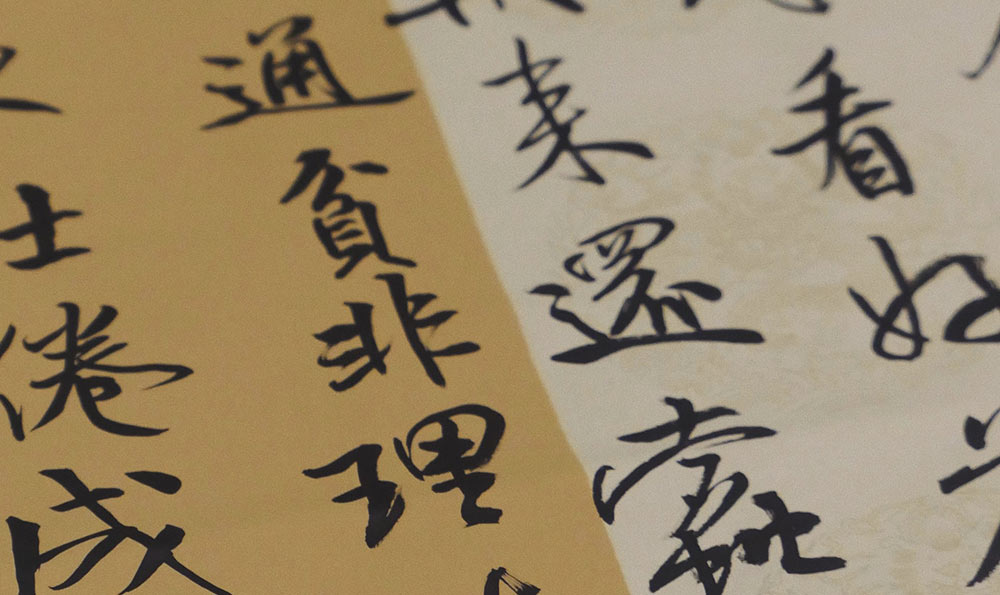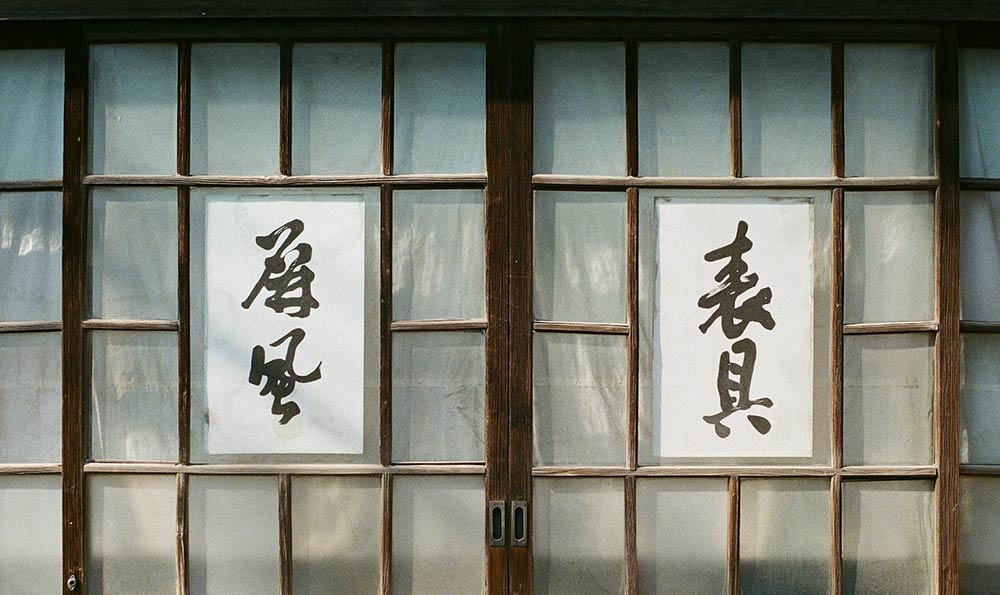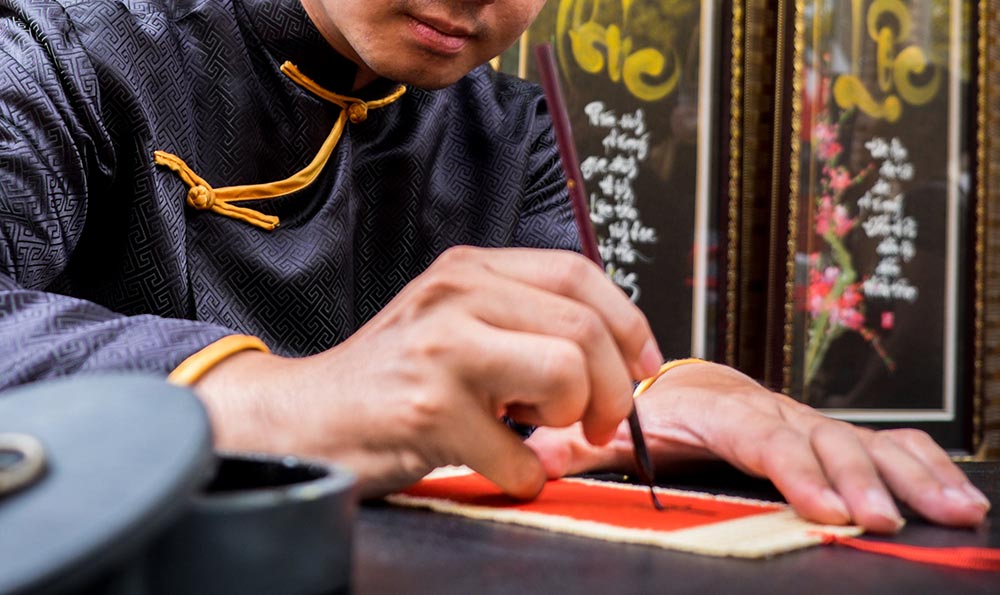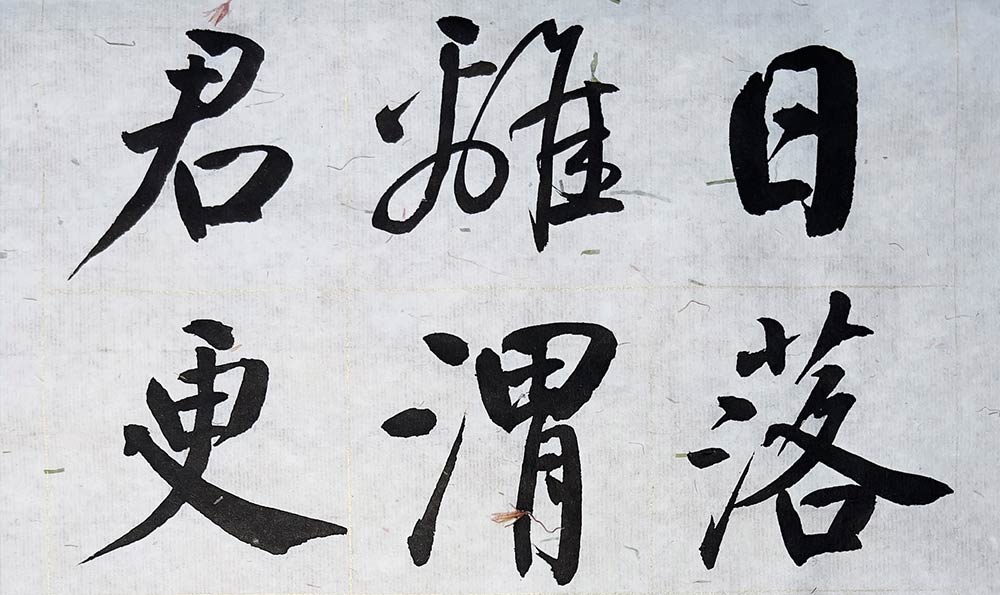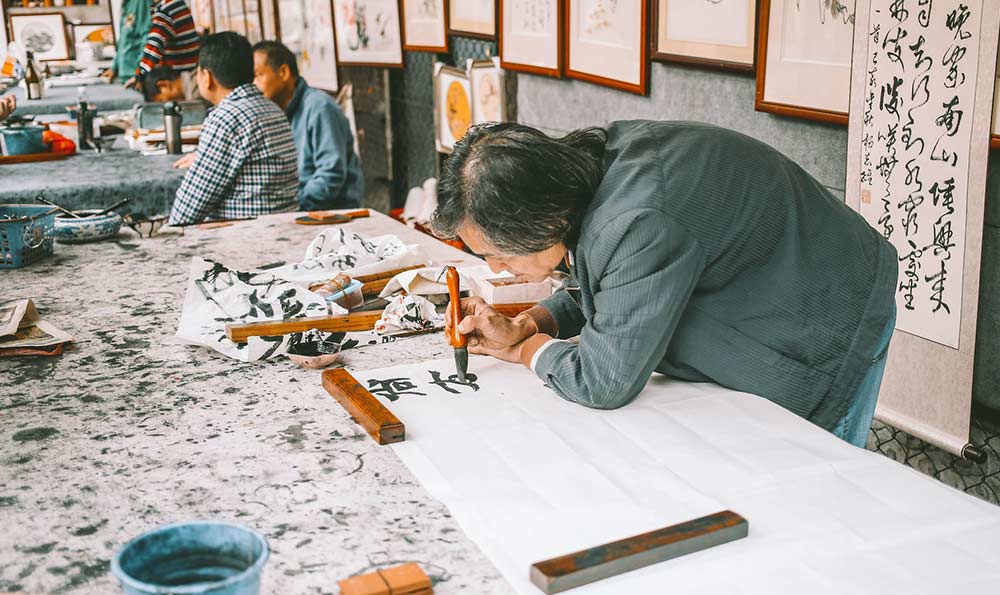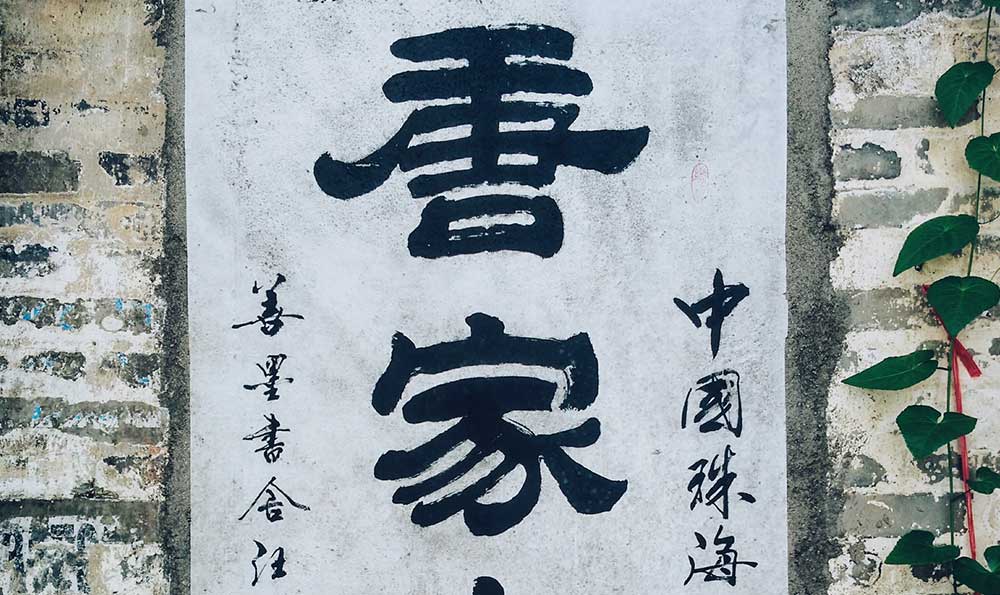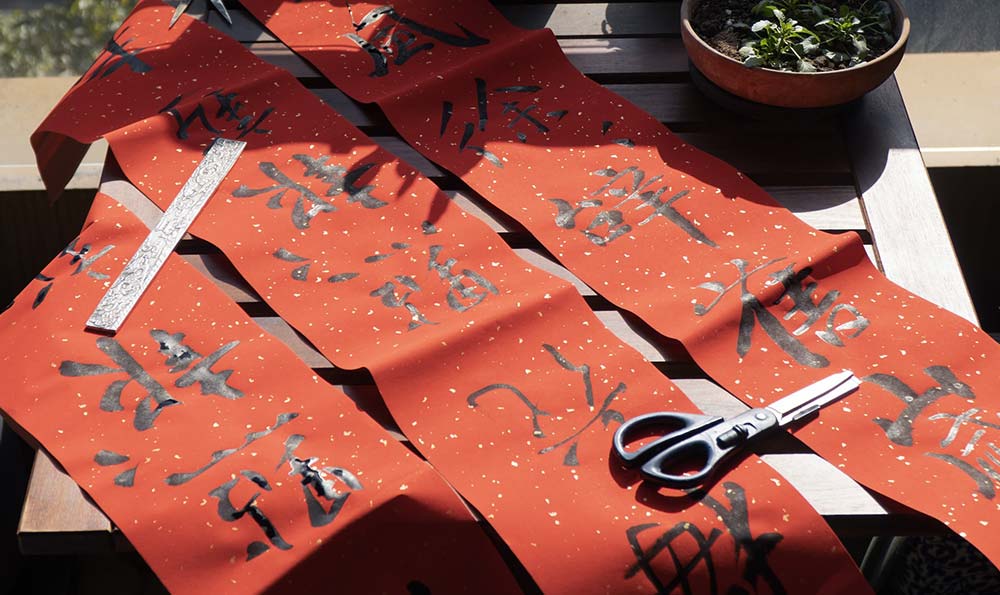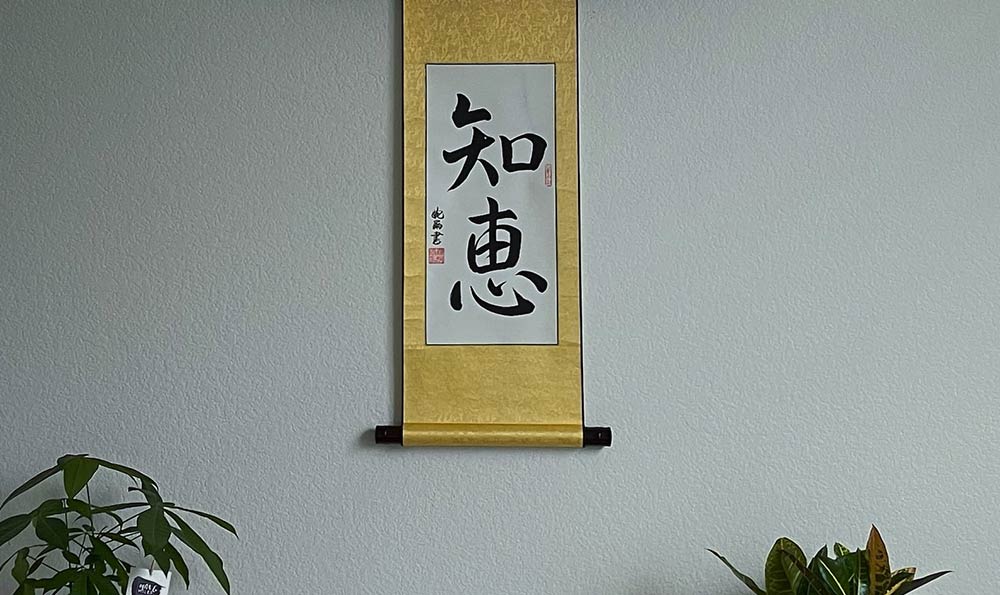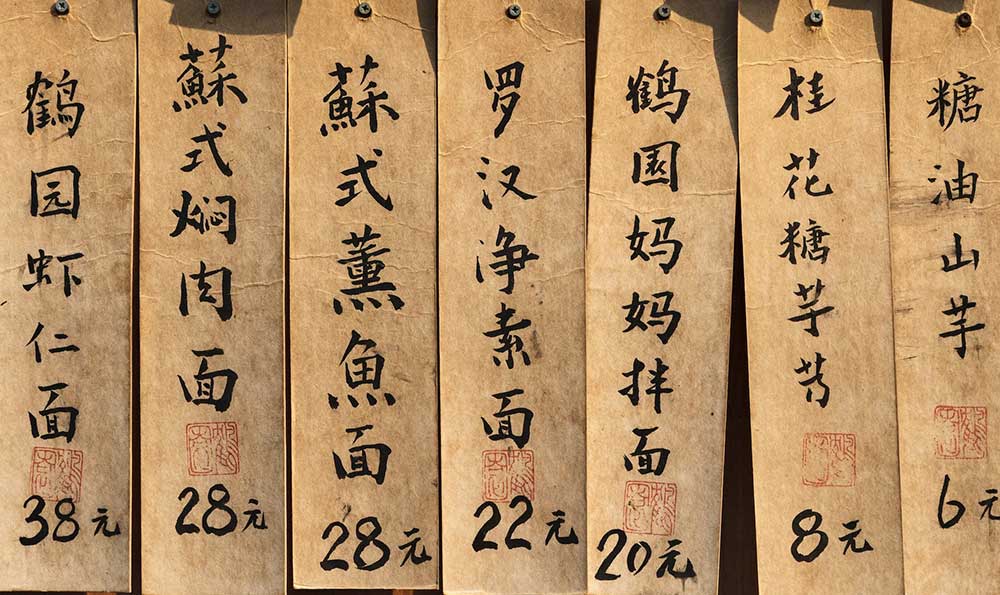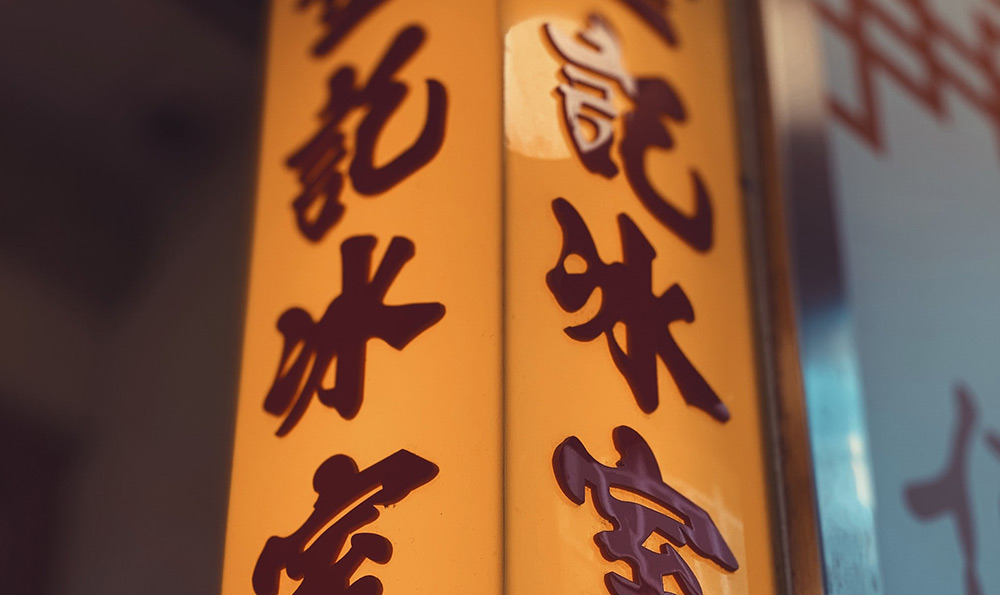中国书法作为中华民族独特的艺术形式,具有悠久的历史。下面将介绍中国书法的历史背景以及其中五种主要的书体。

中国书法的历史可以追溯到古代的甲骨文时期,大约距今已有数千年。书法作为一种艺术形式,不仅记录了中国历史的发展,还反映了中国文化的深厚底蕴。它以独特的笔法和艺术手法吸引了世界各地的人们。
楷书是中国书法中最常见和基础的一种书体。楷书修长、端庄,字形规整,被广泛应用于刻石、书法作品和印章等领域。它是中国古代文人士大夫的标志,代表了文化的权威和规范。
行书是楷书的一种行书化形式,流畅而有韵律感。行书在速度和书写流畅性上与楷书不同,字形略有变化,给人一种自由而舒展的感觉。行书常用于书信、墨宝和诗碑等艺术作品。
草书是一种书法风格独特的书体。草书以其潇洒的笔法和独特的字形而闻名,字体狂草曲折,充满了创造力和个性。草书常用于诗词、印章和画作等艺术形式,具有很高的观赏价值。
隶书是一种高度规范化的书体,用于古代文书的书写。隶书字形规整、工整而庄重,给人一种严谨和庄重的感觉。隶书的规范性使其成为公文、碑帖和骨董文物等重要的书写形式。
篆书是中国书法中最古老的书体之一,起源于中国古代的卜辞和篆刻。篆书的字形古朴、严整,给人一种沉稳而雄浑的感觉。篆书常用于古代印章、铭文和卜辞等重要文物。
中国书法历史悠久,其中包括楷书、行书、草书、隶书和篆书五种主要的书体。这些书体各具特色,共同构成了中国书法独特的魅力。通过学习和欣赏中国书法,人们可以深入了解中国的文化底蕴,体验到中国书法独特的艺术魅力。
中国书法历史悠久,不仅展现了中国古代文化的瑰宝,也体现了中国人民的智慧和艺术追求。随着时代的发展,中国书法仍然在继续创新和发展。我们应该重视和传承中国书法的宝贵文化遗产,同时也鼓励年轻一代参与为中国书法的传统注入新的活力。
通过阅读这篇文章,我们可以更好地了解中国书法的历史背景以及其中五种主要的书体。希望这些信息能够增加你对中国书法的兴趣和了解,同时也能够激发你对中国文化的探索和研究。让我们一起珍视和传承中国书法这一瑰宝,为中华民族的文化繁荣做出贡献。
中国书法历史悠久英语翻译
China has a long history of calligraphy, which is considered a treasured art form that showcases the country's cultural and artistic heritage. In this article, we will explore the rich and profound history of Chinese calligraphy, highlighting its significance and impact on society.

Introduction:
Did you know that calligraphy is not only a form of artistic expression but also a means of communication in China? With its roots dating back over 4,000 years, Chinese calligraphy has evolved into a unique art form that combines aesthetics, history, and philosophy. In this article, we will delve into the fascinating world of Chinese calligraphy and explore its enduring legacy.
Content:
I. Origins and Development of Chinese calligraphy:
A. Ancient origins: From Oracle Bone Script to Seal Script
B. Influence of Confucianism and Taoism on calligraphy
C. The emergence of different calligraphy styles and schools
II. Significance of Chinese calligraphy:
A. Cultural preservation and transmission
B. Role in promoting literacy and education
C. Connection to spirituality and personal development
III. Famous calligraphers in Chinese history:
A. Wang Xizhi: The Sage of Calligraphy
B. Yan Zhenqing: The Master of Regular Script
C. Su Shi: Calligraphy as an extension of poetry
IV. Modern-day appreciation and practice of Chinese calligraphy:
A. Calligraphy exhibitions and competitions
B. Calligraphy as a popular hobby and form of meditation
C. Integration of calligraphy in design and contemporary art
Conclusion:
Chinese calligraphy is more than just a decorative art; it represents the essence of Chinese culture and history. Its enduring legacy and contribution to the world of art cannot be overstated. By exploring the history, significance, and famous calligraphers of China, we gain a deeper understanding of the profound impact of calligraphy on society. Whether as a form of self-expression, communication, or meditation, Chinese calligraphy continues to inspire and captivate people around the world.
In conclusion, Chinese calligraphy's rich and extensive history, along with its cultural, educational, and artistic significance, make it a topic of great importance. By understanding the origins, development, and impact of Chinese calligraphy, we can gain a deeper appreciation for this ancient art form and its enduring legacy. Let us embrace the beauty and wisdom of Chinese calligraphy and continue to preserve and promote its rich heritage.
中国书法历史悠久有哪五种书体
中国书法历史悠久,拥有许多独特的书体。在这篇文章中,我将介绍中国书法的五种主要书体,帮助读者更好地了解这一传统艺术形式的发展和特点。
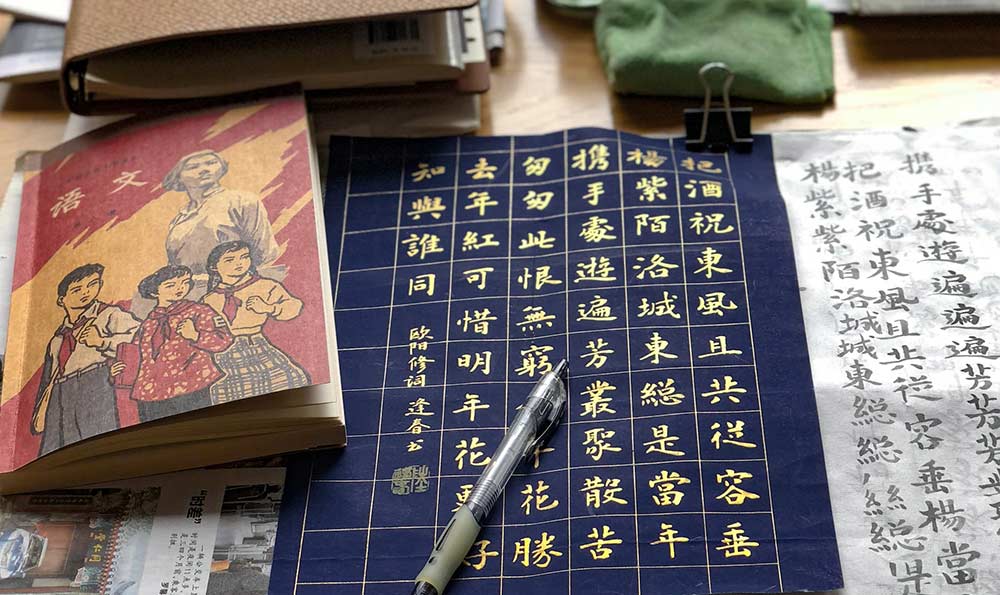
让我们来了解楷书。楷书是中国书法中最常见、最广泛使用的一种书体。它起源于汉代,经过秦朝和隋朝的发展,逐渐成为主要的书写方式。楷书的特点是端庄、稳重,笔画结构规整,每个笔画的起笔、承笔、收笔都有一定的规定,整体呈现出一种平直、方正的形态。
行书也是一种非常重要的书体。行书与楷书相比,更具有活泼、自由的特点。它的笔画结构更加潇洒,书写速度较快。行书在汉代晚期以及魏晋南北朝时期达到了巅峰,成为了当时文人墨客最钟爱的书写方式。
草书是中国书法中最具有艺术性和个性化的书体之一。草书起源于东汉末年,它以奔放、狂草的笔画形式而闻名。草书追求速度和力度,笔画之间常常交叉错综,带有一种独特的韵律与节奏感。草书的创作过程更加注重个人情感和冲动的表达,因此具有很高的艺术性和观赏性。
隶书是中国书法的一种古老书体,起源于战国时期的秦国。它是中国书法中最古老、最庄重的书体之一。隶书的特点是笔画短劲有力,形态刚硬而庄重。它是中国古代印章、碑文和铭文上常用的书体,也是后来楷书的发展基础。
我们来介绍篆书。篆书起源于商周时期的甲骨文,是中国书法中最早的一种书体。篆书的特点是方正、刚硬,线条结构简单而粗犷。篆书的发展经历了多个阶段,后来演变成了小篆和大篆两种形态,成为了印章和碑文上常用的书写方式。
中国书法历史悠久,拥有五种主要书体,分别是楷书、行书、草书、隶书和篆书。每种书体都有其独特的特点和风格,反映了不同历史时期和文化背景下的艺术追求和审美趣味。通过学习和欣赏这些书体,我们可以更加深入地了解中国书法的美学和精神内涵,感受到传统艺术的魅力和力量。希望这篇文章能帮助读者更好地认识中国书法历史,并对其产生浓厚的兴趣和热爱。

